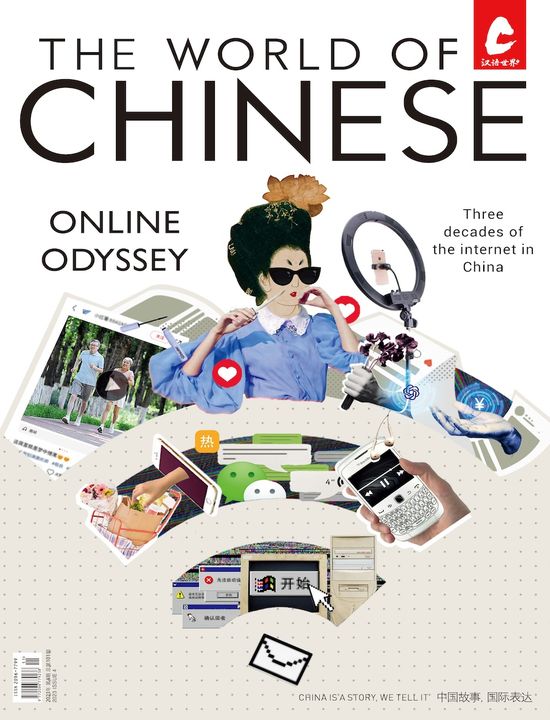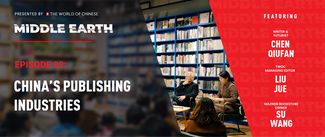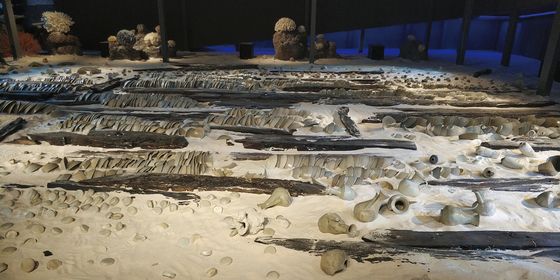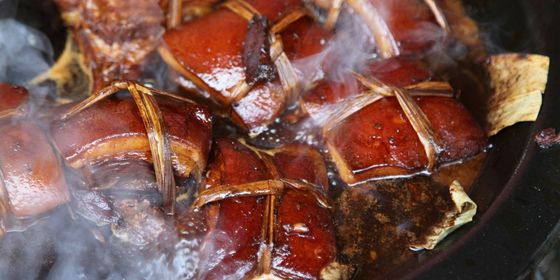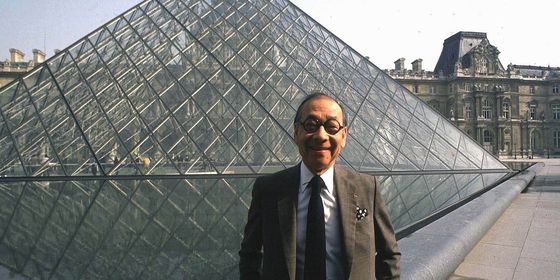Liaodi Pagoda, once the tallest structure in the world, now stands as part of the backdrop of a crowded square in a small Hebei city
A towering structure casts a diminutive shadow over Dingzhou’s cultural plaza, a town square of sorts in this county-level city within Hebei province. This silent stranger is strikingly tall at 83.7 meters in height and stands proudly like a stoic guardian of the land, but few people acknowledge its presence.
The Liaodi Pagoda, constructed between 1001 and 1055 CE during the Song dynasty, could be called China’s first skyscraper. Remarkably intact after almost a millennium, it was once the tallest building in the world and remains the tallest ancient brick tower in China to this day. It’s also known as the Kaiyuan Temple Tower, but the eponymous temple surrounding the pagoda has diminished over time and ultimately disappeared, leaving precious little of the original complex behind.
On this Lantern Festival, the first after the pandemic, most visitors and locals in the square are far too preoccupied with sizzling skewers and ring toss games to even consider looking upward. After following a maze of side streets and back alleys, an elderly man points me to the ticket office of Liaodi Pagoda. I’m surprised it isn’t more packed; the pagoda itself features frequently on city flyers and tourism propaganda, but I soon find out why: At 17:00, the site has been officially closed for thirty minutes.
I set my alarm for the following morning, and wait as night washes over the city. The Lantern Festival is in full swing, visitors and locals alike seem to be making up for lost time during the pandemic. The bare branches of the trees lining the city’s streets and avenues bulge with neon lanterns, gift-shaped ornaments, and traditional red envelopes. I’m confronted with teams of karaoke singers on the street who are braving arctic winds to belt out a tune. A brilliant burst of light illuminates the night sky, and I hear a crackling sound, like popcorn in a pan, that reaches a crescendo of intensity as vibrations reverberate through my chest and leave me feeling tingly. I offer up a shaky laugh, realizing that these are my first fireworks in almost three years since Covid-19 first struck China.
—
The next morning, I rush out before 8 wanting to ensure I can buy a ticket before the crowds. Shockingly, I’m the first tourist to enter Liaodi Pagoda for the day. “We occasionally get school groups and university outings,” says the cashier, who introduces himself as Yifan. “But not at this time of the year.” The “historic town” (a newly built reconstruction) that sits immediately adjacent to this legitimate piece of history receives far more fanfare.
I glide past the small museum that traces the timeline of the pagoda immediately adjacent to the ticket office while noticing a collection of columns and pillars that bear the moniker of the “Japanese War of Aggression.” Evidently, these artifacts were defaced during the widespread ransacking of China during the Japanese invasion and remained buried under mounds of rubble for decades, until they were found by a farmer plowing his fields.
